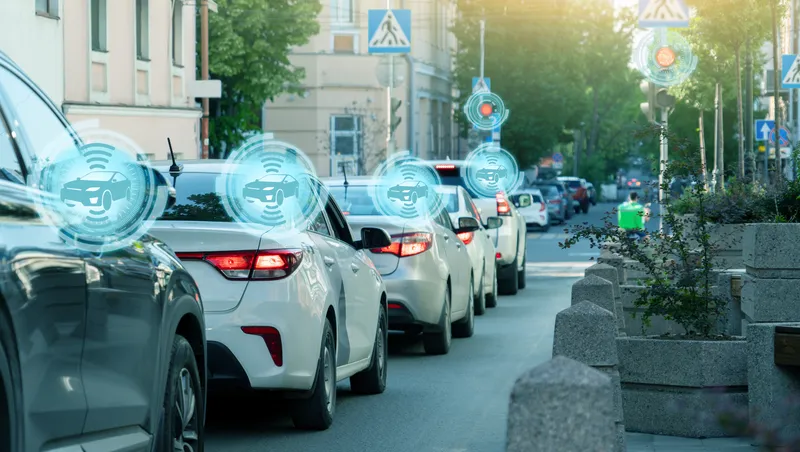Development services company Symphony Teleca (STC) and Guardtime, provider of keyless signature infrastructure (KSI) software and solutions are to partner in a deal that will develop security, safety, maintenance, and reliability capabilities to enhance the connected car.
September 17, 2013
Read time: 2 mins
Development services company 7498 Symphony Teleca (STC) and 7499 Guardtime, provider of keyless signature infrastructure (KSI) software and solutions are to partner in a deal that will develop security, safety, maintenance, and reliability capabilities to enhance the connected car.
When combined with an integrated mobile device, GPS data and social profiles, the connected car becomes a powerful collector and broadcaster of information. This data is broadcast over public airwaves and stored in the Cloud. Considering the modern connected car has up to 100 million lines of software code, as data becomes more critical to the operation of the vehicle and the connected car, it is important to verify critical systems in real time and assure privacy, safety, security, legality and insurability.
STC’s InSight Connect vehicle relationship management directly addresses the challenges posed by vehicle-related services ranging from diagnostics and infotainment, to software upgrade and maintenance. Guardtime KSI technology for authenticating electronic data makes any access to that data a documented and verifiable event, using only formal mathematical methods.
STC VP and global head of Products and Platform Strategy, Russ Cavan says: “As we talk with our automotive customers we realise that cyber liability is the elephant in the room. With Guardtime, we can now provide assurance to the data transferring what we design, build and host, as well as the principle of mutual review, to our customers, keeping the process accountable.”
When combined with an integrated mobile device, GPS data and social profiles, the connected car becomes a powerful collector and broadcaster of information. This data is broadcast over public airwaves and stored in the Cloud. Considering the modern connected car has up to 100 million lines of software code, as data becomes more critical to the operation of the vehicle and the connected car, it is important to verify critical systems in real time and assure privacy, safety, security, legality and insurability.
STC’s InSight Connect vehicle relationship management directly addresses the challenges posed by vehicle-related services ranging from diagnostics and infotainment, to software upgrade and maintenance. Guardtime KSI technology for authenticating electronic data makes any access to that data a documented and verifiable event, using only formal mathematical methods.
STC VP and global head of Products and Platform Strategy, Russ Cavan says: “As we talk with our automotive customers we realise that cyber liability is the elephant in the room. With Guardtime, we can now provide assurance to the data transferring what we design, build and host, as well as the principle of mutual review, to our customers, keeping the process accountable.”










